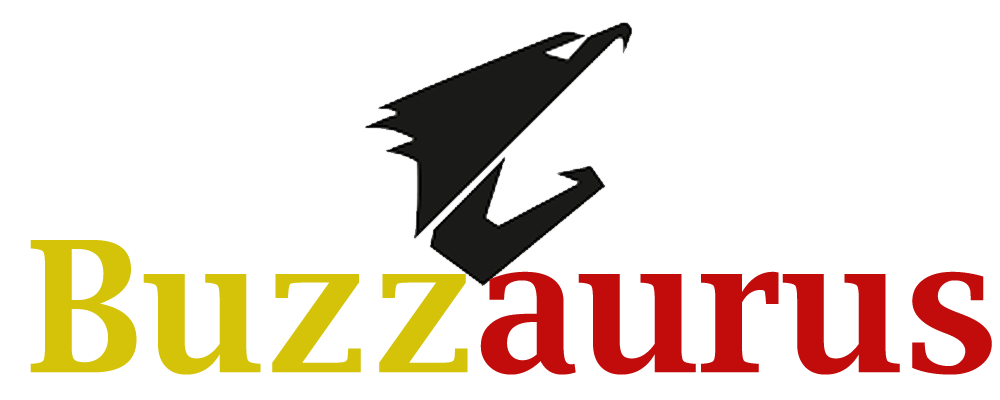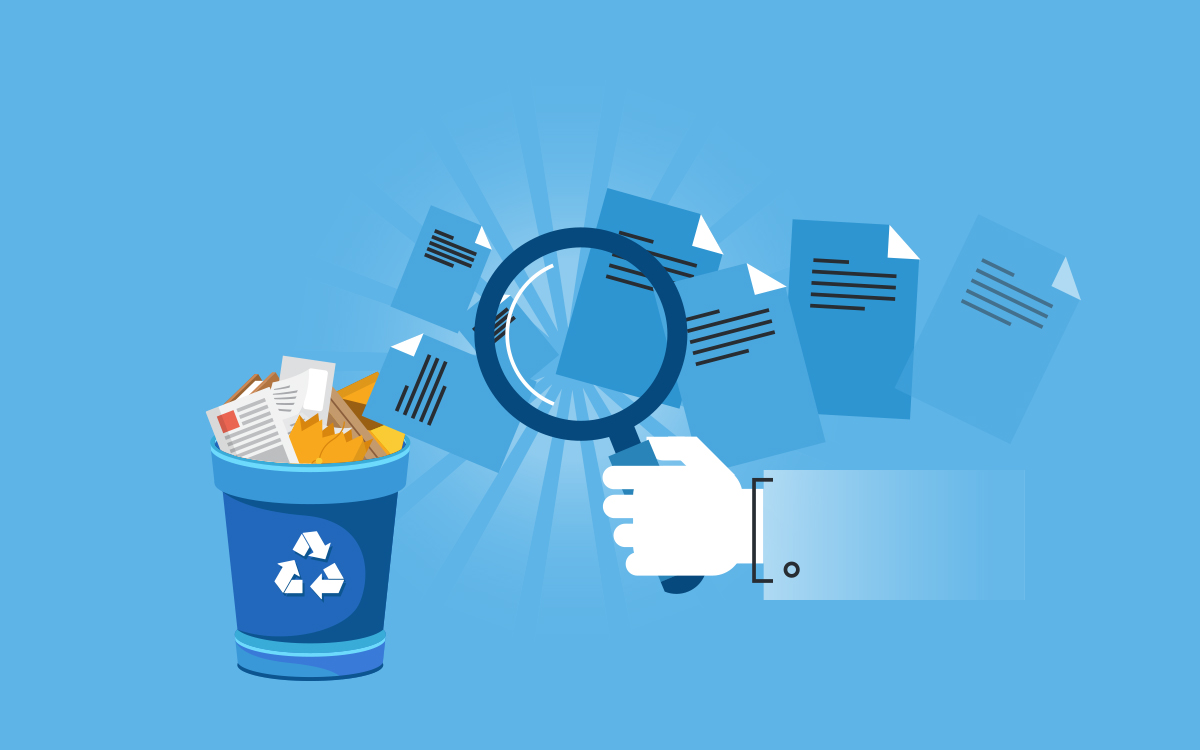Your reputation as a student, scholar, researcher, editor, or writer is at stake if your writing contains duplicate content. You need not do anything other than this to damage your reputation. At the academic level, you are required to ensure your work free of plagiarism and you can do this using a duplicate content checker tool, which helps you fix plagiarism to give unique content.
Plagiarism is unacceptable and unethical these days. Copying someone’s writing or idea and using it to gain credit is an offence and is penalized by educational institutions or search engines by giving you low ranking or removing your page from the search index. With a good content checker, you can avoid plagiarism and get a good score and reputation. Furthermore, it should be so designed to have the following features to keep your writing original:
- The software should be compatible with any device to upload the file you want to check for plagiarism
- It should also allow you to take photos of your work and upload them so that they can be scanned using optical character recognition (OCR) and render a detailed report.
- Offering speed and accuracy, it should give better user experience.
- It should conduct an extensive search of a large number of websites and ensure that your writing is original and unique.
What Is Duplicate Content?
Where the same content appears on different websites, it is called duplicate content. It can be the content that you have copied from an original source or someone would have copied from your website. Your reputation, as well as your search engine rankings can affect if there are “appreciably similar” writing on multiple locations or webpages.
The duplicate content can cause problems not only for the website owners but also for the search engines. With the website owners, they lose rankings and suffer traffic drop owing to the exclusion of the duplicate content. Google, for instance, choose the content that is likely to give the best result from multiple versions depending on the search query. The inbound links can also affect the search visibility for it is one of the aspects of ranking. They spread the link equity among the various versions of the duplicate content to allow other websites to choose from multiple versions.
As for search engines, they show or remove the duplicate versions and rank them based on the search query
What Is Counted as Duplicate Content?
Google refers to duplicate content as a “substantive block”, which is mostly unintentional. It keeps happening but treating it is critical. The following are a few common sources that are counted as duplicate content.
- Repeated Webpages: When the same page is repeated and found at different places within a website, it causes duplicate content.
- Inconsistent URLs Addresses: This happens because of different URL structures created owing to the user interaction. The search engine, which identifies the same content on different URLs, treats it as duplicate content.
- Content Republished in Different Domains: You cause duplicate content to copied content, content curation or content syndication.
How to Treat Duplicate Content?
Among a few issues faced by websites, duplicate content looms large. It keeps happening all the time though you try to avoid it. You need to deal with it for search engines discourage duplicate content. Here are a few ways to deal with duplicate content.
- Regularize the link structure: The URL structure if inconsistent will lead to duplicate content issues. Whether it is ‘http’ or ‘www’, it should be regularized by setting your preferred domain.
- Add canonical tag: Websites today permit the page to be accessed from a number of URLs; thus allowing a particular product to be reached in numerous URLs. This happens when the relevant content is organized using filters, tags, search boxes and categories to assist the visitor in reaching the product easily, but this leads to the instances of duplicate content. By adding a canonical tag to the chosen URL help avoid it.
- Using a hash (#) tag: The credibility of various channels is measured using tracking URL signs. Using a question mark (?) operator can make search engines crawl and report duplicate content issues. You can avoid it using a hash (#) sign.
With a duplicate content checker tool, you can keep your content original.






